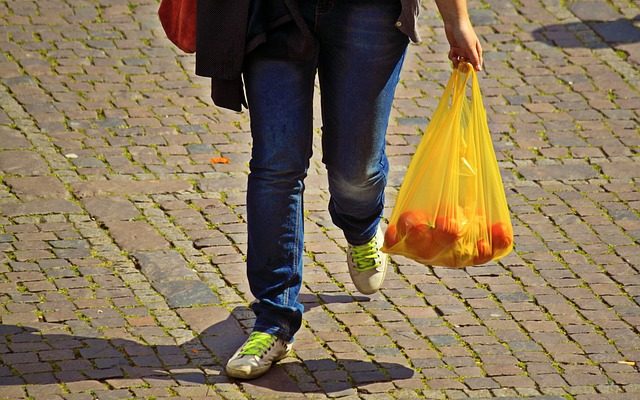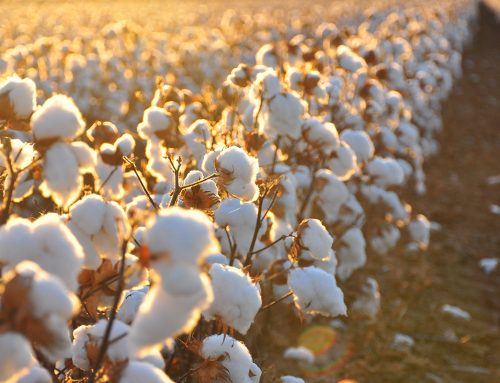Do you know Mary? Mary is that “someone” in the title and she’s a bit upset. Here is some background:
Mary lives next door, goes to the supermarket, to the open market and every now and then she buys something new for herself, her family or her friends. When in the supermarket she is usually on foot, so she makes sure she separates her stuff in multiple bags. That way she can carry them home being sure a bag will not get torn having everything ending up in the floor. Out of habit, she does the same when she is by car. She buys what she needs – well, her calculations might not always be precise, but whose are? -. She wraps presents in paper and puts them in nice bags and sometimes she asks the salesperson to wrap her stuff as well, so that she gets the little pleasure of opening something new like a gift.
Recently she moved to a new neighborhood and the first thing she noticed is that she has to pay for the plastic bags in the supermarket. “How cheap of them!”, she thought. “They really try to make money out of everything.” It’s not that the few cents will make a huge difference in the single bill, but it’s the attitude she doesn’t like. In her opinion, the bags should be part of the service. That day she decides on the spot to use less bags and when she goes back home she searches for an old big textile bag. She quickly wraps it and throws it in her everyday bag to have it handy for when she is again in the supermarket. Next time she will try to not give them the pleasure to buy even one of their bags.
Two weeks later, she passed by a shop and saw a lovely sweater. She went in, tried it out, loved it, bought it and when the person at the cashier asked her if she needs a bag she answered surprised: “Yes, of course!”. Later on she casually checked the receipt, when she saw that the bag was charged. “Really?” She wondered “What kind of neighborhood is this?”… and once again she got upset for the same reason as before.
What’s your opinion? Do you share Mary’s habits and feelings? Think about it and then hover your mouse in the box below and see what’s really going on in that neighborhood.
Disclaimer: Mary and her story are products of fiction. Any resemblance to existing persons and places is coincidental. However, the intention was to have a story as close to reality as possible.
The story of the neighborhood
1. They ask if people need a shopping bag, giving them the option to say no and use one they already have.
2. They charge the customer for the shopping bags, giving people a reason to keep the one they bought and reuse it in the future, instead of throwing it away.
They use the money they collect from this initiative to fund 2 activities: the purchase of the shopping bags and the recycling organizations of the wider area. The whole idea is to minimize as much as possible the disposal of bags (especially the single use, plastic ones) into the environment because this is a real issue. For the cases they cannot avoid, they “pay their debt” funding recycling organizations and innovations in this field. The goal is to educate and motivate people to do what is best for the environment:
To use neither the plastic nor the paper shopping bags
OR
To re-use them!
No one can guarantee good intentions on behalf of the shops/super markets with such an initiative, since there is a good chance they were actually forced to introduce the new “shopping bag policy”, but… does it matter? The result turns out to be the same. People in this neighborhood (including Mary) are using less bags and are re-using the ones they have as much as possible.
Why is it important to use less and/or re-use shopping bags? Where does everything go?
Plastic is not the bare evil here. The impact of paper or anything organic can be huge as well. And this is because, even though they are biodegradable, this is not a definition of their environmental benefits. Almost anything is biodegradable. It’s just that some things take hundreds of years to biodegrade and others don’t. Let’s explain it.
When something natural, like a piece of bread or a piece of paper, ends up in the natural environment, it degrades normally. Its carbon molecules are naturally released back into the atmosphere as carbon dioxide. Most natural things though don’t end up in nature. Most of them, like the waste that we produce, end up in landfill. Landfill is a different environment. In there, those same carbon molecules degrade in a different way, because a landfill is anaerobic. It’s got no oxygen. It’s tightly compacted and hot. Those same molecules become methane, and methane is a 25 times more potent greenhouse gas than carbon dioxide. So if all our products that we have thrown out, even if they are made out of biodegradable materials, end up in landfills, they contribute to climate change.
There are facilities nowadays that can actually capture that methane and generate power, displacing the need for fossil fuel power. We need to identify how we can start leveraging these types of things that are already happening and designing systems and services that alleviate such problems. Just banning plastic bags and replacing them with paper, for example, is not a solution because it is not better for the environment. If they are thrown in the bin and the local landfill facility is just a normal one, then we’re having what’s called a “double negative”. Watch Leyla Aracoglu giving more examples of little things we don’t realize what a huge impact they have here.



![Ecosia it! [4min. reading time]](https://www.habits.ninja/wp-content/uploads/ecosia-logo-500x383.png)
![Building trust: why consumers should shift towards environmentally friendly corporations [7min. reading time]](https://www.habits.ninja/wp-content/uploads/environmental-awareness-679668_640-500x383.jpg)











